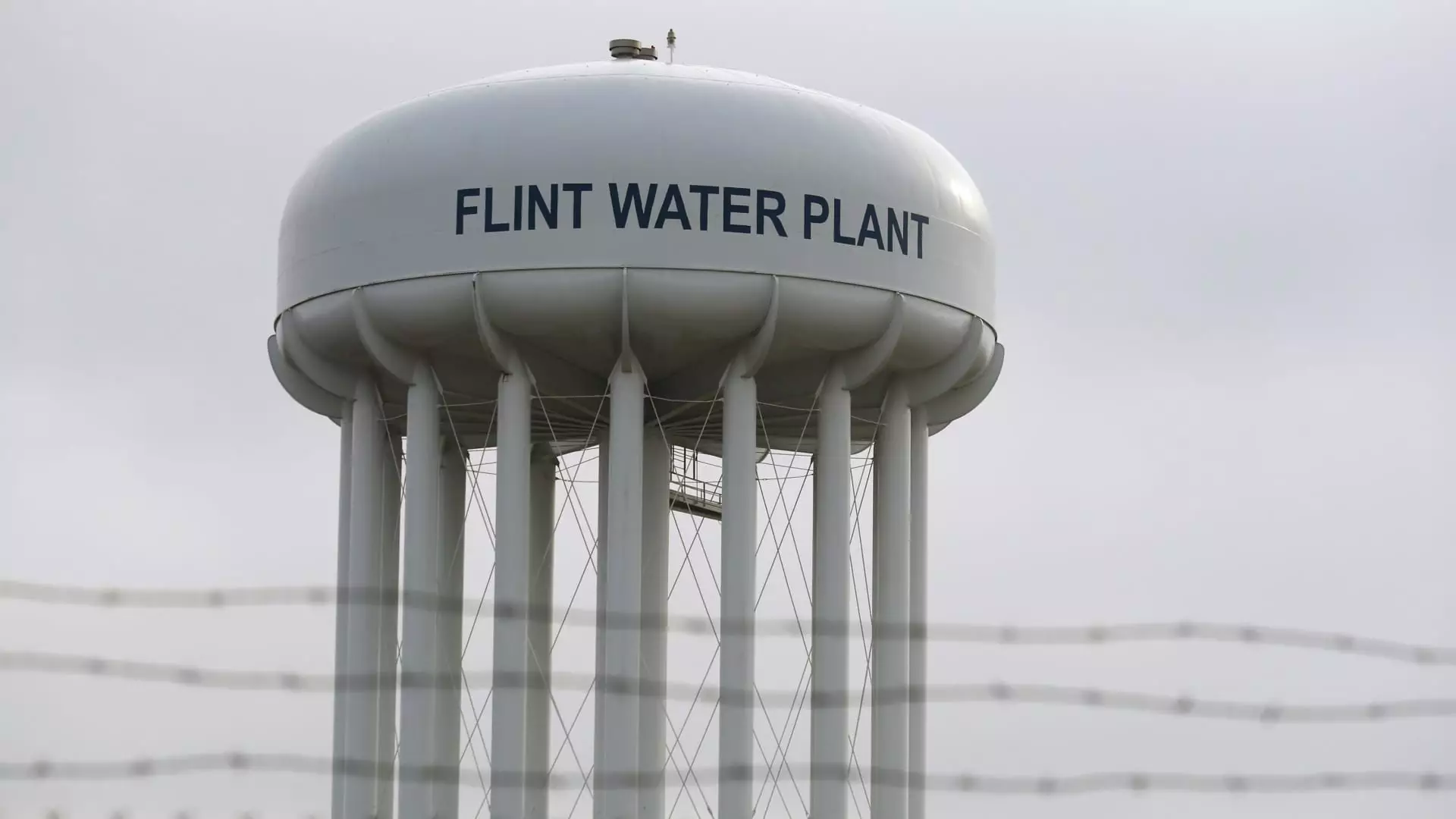The Environmental Protection Agency (EPA) has proposed strict new rules that would require most U.S. cities to replace their lead water pipes within a decade. This proposal comes as the Biden administration aims to address the issue of lead in drinking water and prevent public health crises, such as the ones witnessed in Flint, Michigan, and Washington, D.C. The potential benefits are significant, with improved IQ scores in children and reduced rates of high blood pressure and heart disease in adults. Nevertheless, the implementation of these rules poses substantial practical and financial challenges that must be addressed. Let us delve deeper into the details.
New Measures Aim to Protect Public Health
The proposed rules by the EPA constitute the most substantial overhaul of lead regulations in over 30 years. Under these measures, billions of dollars will be required to replace the millions of lead pipes across the nation. Ultimately, the goal is to ensure that no city and no child will be poisoned by their own pipes in the future. With a particular focus on addressing the historical racial and socioeconomic disparities associated with lead contamination, the Biden administration views these investments as an opportunity to rectify past injustices and safeguard the health of all Americans.
The centerpiece of the proposal is the lead and copper rule improvements, which would compel utilities to replace lead pipes even if lead levels do not surpass regulatory limits. This requirement marks a departure from existing practices, where most cities have not been required to replace their lead pipes and, in some cases, do not even know the location of these pipes. While cities with a significant number of lead pipes may be granted longer deadlines to comply, the overall objective is to address the issue comprehensively and expediently.
A Broader Effort to Combat Lead Exposure
Beyond regulating lead in drinking water, the EPA’s efforts to combat lead exposure extend to other areas as well. The agency is pursuing stricter limits on lead-based paint dust in older homes and child-care facilities, as well as aiming to eliminate lead in aviation fuel. By adopting a multi-pronged approach, the government aims to tackle lead exposure comprehensively and prevent future public health crises related to this hazardous element.
Addressing Loopholes and Enhancing Enforcement
Experts have long criticized the efficacy of current lead regulations enacted in 1991, arguing that they leave significant loopholes and suffer from lax enforcement. Amendments to the existing rules would include lowering the lead action level, prompting utilities to take action at lower lead concentration thresholds. Additionally, utilities would be required to collect more samples for testing, potentially revealing a higher number of communities with elevated lead levels. Such changes aim to bolster accountability and ensure that communities are promptly informed of any risks associated with their drinking water.
While the potential benefits of replacing lead pipes are undeniable, the financial burden falls on utilities and homeowners alike. The cost of replacing lead pipes is exorbitant, making it unaffordable for many homeowners. While the EPA strongly encourages water utilities to bear these costs, securing homeowner permission and managing rising expenses can be challenging for these entities. Despite the availability of federal funds, some states have been slow to address the problem, leading to a reluctance to accept federal assistance. However, success stories in communities such as Benton Harbor, Michigan, and Newark, New Jersey, prove that rapid pipe replacement is possible with efficient coordination and innovative approaches.
The EPA’s proposed rules are subject to public comment before a final version can be published in the fall of 2024. Rebuked for not sufficiently addressing the issue in the past, the Biden administration is committed to rectifying the deficiencies of previous regulations. The significant investments outlined in the Infrastructure Law of 2021, including $15 billion dedicated to identifying and replacing lead pipes, demonstrate the administration’s dedication to this cause. Additional federal funds are also available for water infrastructure improvements, with the EPA offering additional assistance to smaller communities.
The Health Benefits Outweigh the Costs
There is no denying that replacing lead water pipes will be an expensive undertaking. However, the EPA underscores that the health benefits far outweigh the costs, emphasizing the importance of protecting public health and rectifying past injustices associated with lead contamination. By addressing the pervasive issue of lead in drinking water, the Biden administration aims to ensure that all Americans, regardless of their background, have access to safe and lead-free drinking water.
The proposal to replace lead water pipes within a decade is a pivotal step toward safeguarding public health and rectifying historical disparities. While the financial and logistical challenges cannot be overlooked, the potential benefits, such as improved cognitive function in children and reduced rates of chronic diseases in adults, are significant. It is imperative that cities across the United States rise to the occasion and make the necessary investments to provide safe drinking water for all.


Leave a Reply